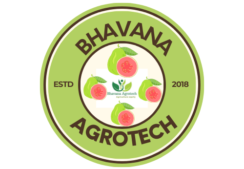Hydroponic farming Services
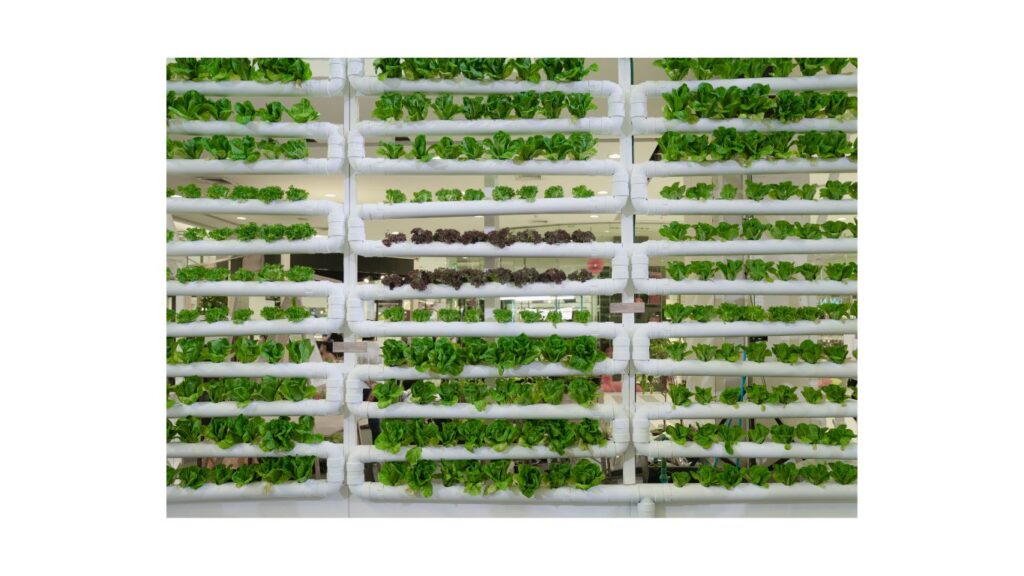
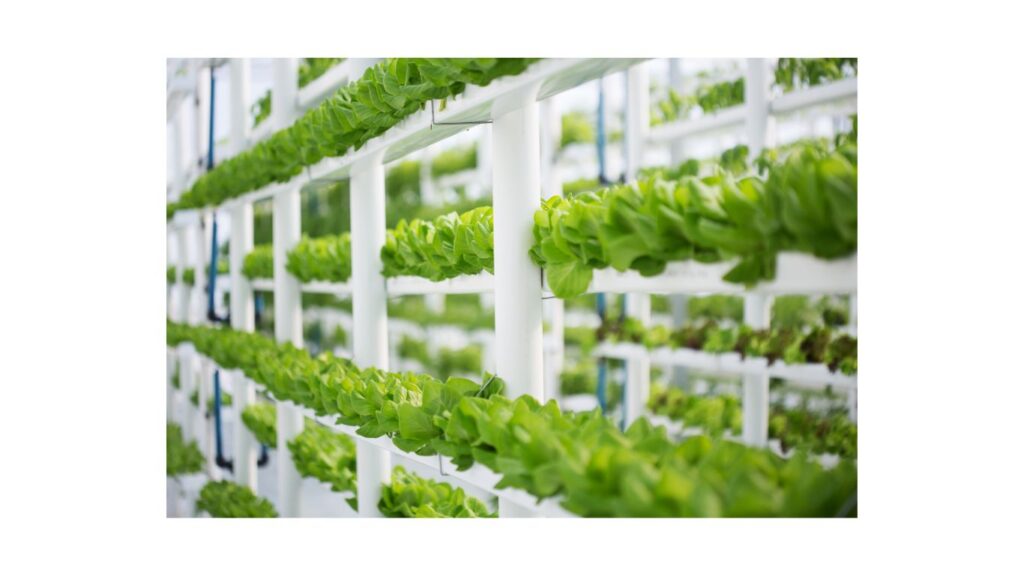
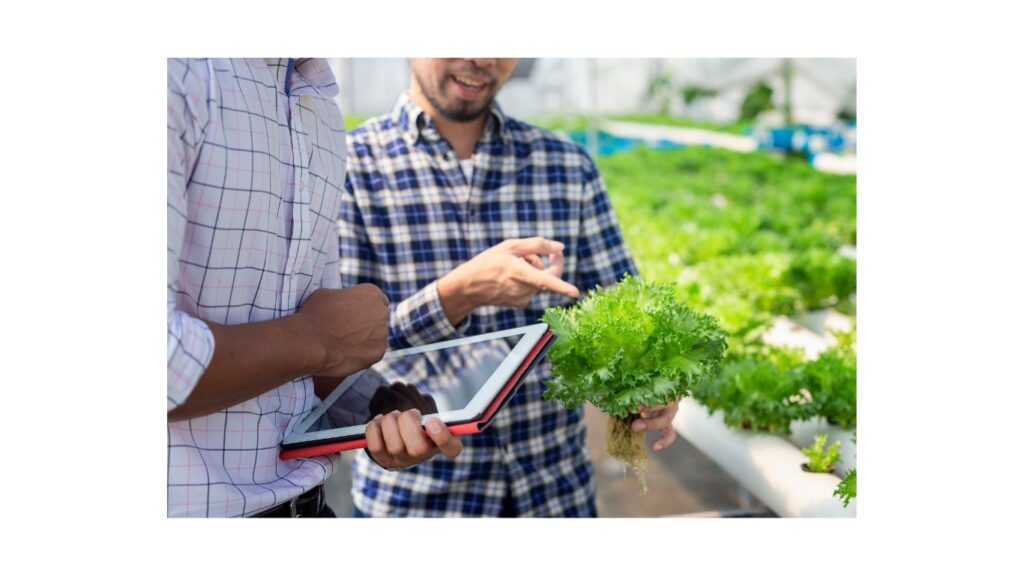
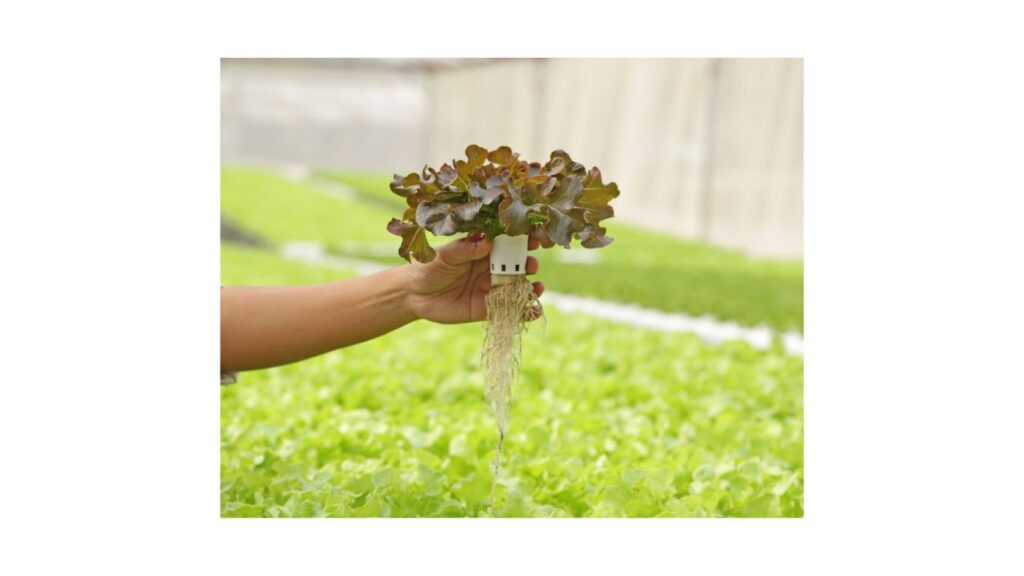
Hydroponic Dutch Bucket
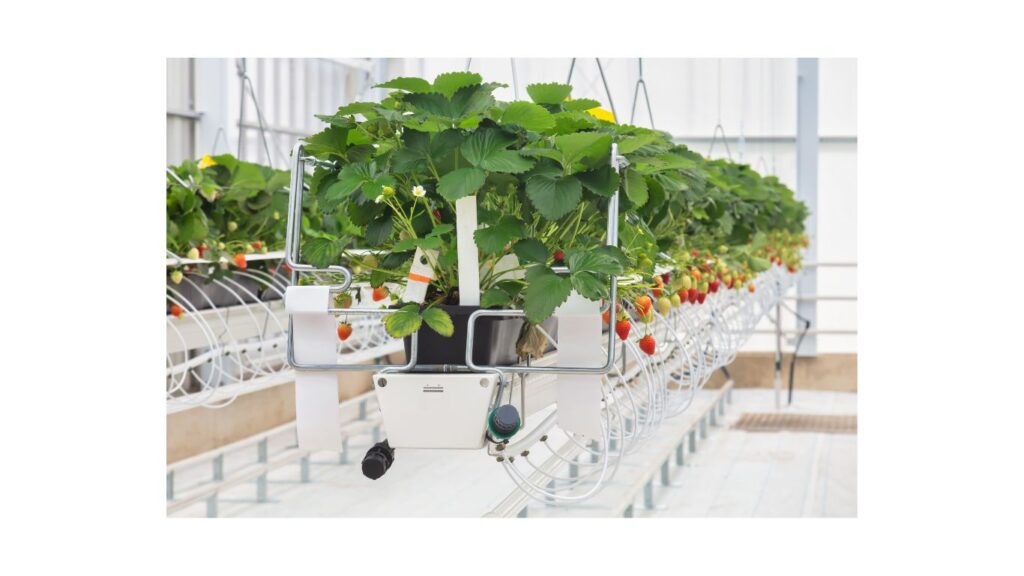
The best method for producing large fruiting vegetable plants, such as cherry tomato, cucumber, and capsicum, is hydroponically. The fact that fertilizers and water are recyclable gives them the edge over other hydroponic systems like grow bags and trough systems. It aids in the preservation of several nutrients, thus the rising expense.
The hydroponic dutch bucket is something we make, and it has the following features:
PP of virgin grade, yellow cream, 30 cm x 25 cm x 23 cm, with 2 siphons
connectors for recycling water
It is frequently combined with Hydroton (and occasionally with Perlite).Around 10 Liters of Hydroton are utilized in one dutch bucket. The Dutch buckets do not come with hydroton by default, but it is available upon request.
Hydroponic Indoor Grow Lights
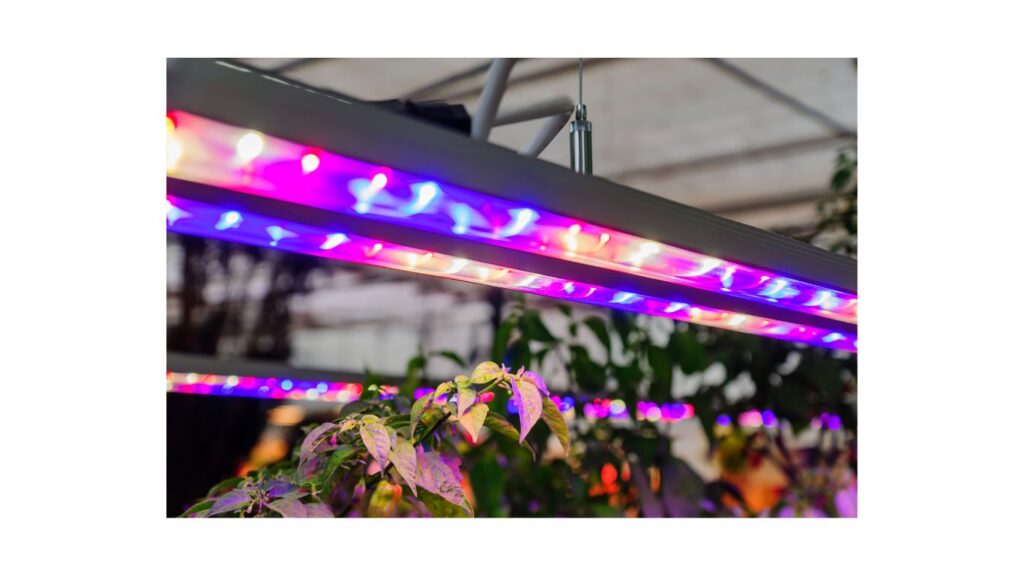
The best option for growing veggies inside is hydroponic indoor grow lights. They deliver the greatest 400-700 nm spectrum to the plant and are commonly offered in a 3:1 or 4:1 Red to Blue ratio. In this range, photosynthesis activity is at its peak and plant energy is most effectively used. breezy agro provided Hydroponic indoor grow lights are high power, high PPFD, strip-style lights. The following are some key characteristics:
A 5050 chipset, which is exceptionally bright, is installed in the lights.
They come in options of 3:1 and 4:1.
At a 6-inch distance, they have a high PPFD (Photosynthetic Photo Flux Density) value of 35 to 50 mol/m2/s. The plant grows more rapidly the greater the PPFD.
The 12w/meter power rating applies.
Hydroponic indoor Grow light strips come in typical lengths of 3 or 5 meters.
NFT (nutrient film method) is the most common application for them.
The grow light supports are made by breezeagro and enable the lights’ locations to be adjusted up and down for optimal vegetable growing outcomes.
Hydroponic NFT Channels
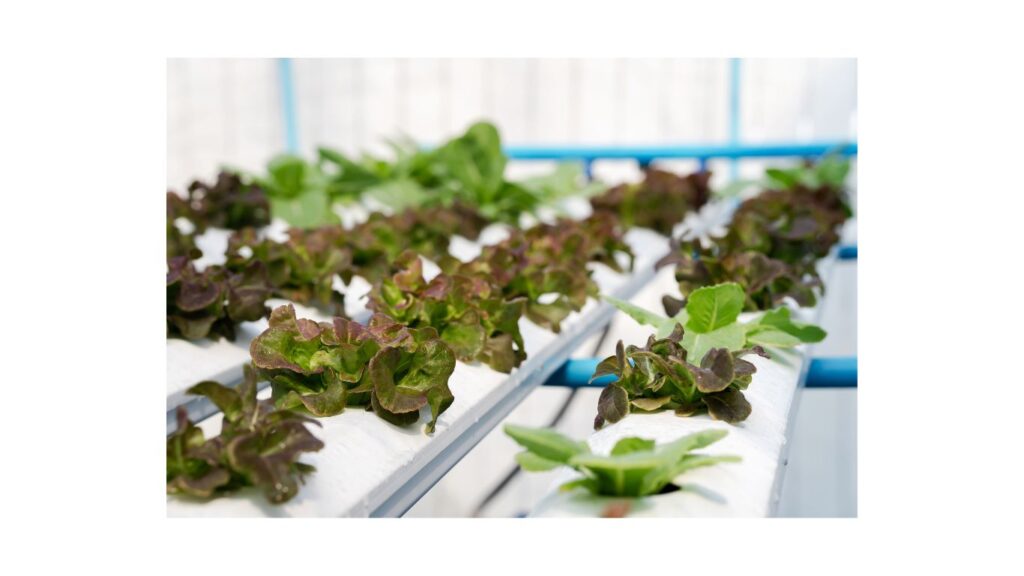
Breezeagro is a native manufacturer of self-designed hydroponic NFT Channels. They come in two sizes and are manufactured of virgin, food-grade plastic that has a guarantee. To prevent any deposition at the bottom, these top open-able channels are simple to slide and keep clean.
These are the key features such as
NFT channels with a top that opens. (100mmX50mm, 100mmX80mm white color) – Ideal for fruiting plants like strawberries and leafy vegetables
Any size up to 6 Meter can be created in NFT channels.
According to customer needs, we offer holes gratis.
The End Caps are included. There are two varieties of end caps: spout-equipped and spout-less (both the same color).
The 3/4 inch spout is compatible with 3/4 inch UPVC pipes and fittings.
Virgin plastic is used to make the hydroponic NFT Channels. It is food-grade and includes a warranty for replacement.
It often has a timer option for both water flow and still time.
Hydroponic Vegetable Growing Net cups
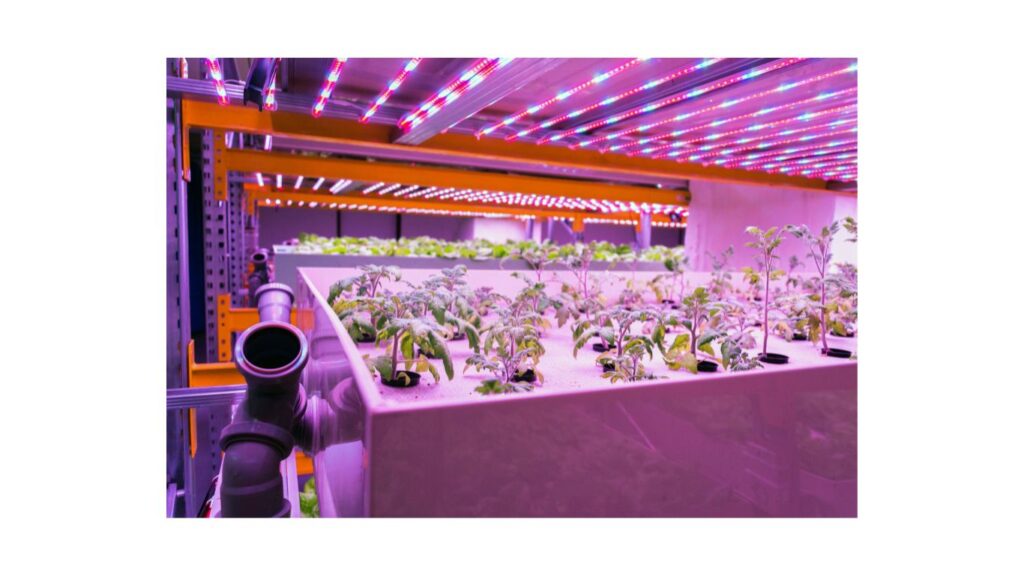
The best option for hydroponically producing vegetables is Breezeagro’s vegetable growing net cups. They are a great option for growing a variety of leafy vegetables as well as fruit trees and strawberry plants. It serves as a media holder and offers good support. Additionally, controls the root’s expansion and gives the root some shade from the sun.
Here are a few characteristics:
superior virgin plastic that is food-grade
available in sizes with a 2′′ and 3′′ depth
Effective for all NFT (Nutrient film technique) pipe types, whether circular or flat
Ideal media holder for Dutch bucket systems, vertical aeroponics towers, and deepwater cultures
long-lasting, robust, and excellent load bearing.
Up to 50 kg of plant load can be supported by the design.
Hydroponic Vertical Aeroponics Tower
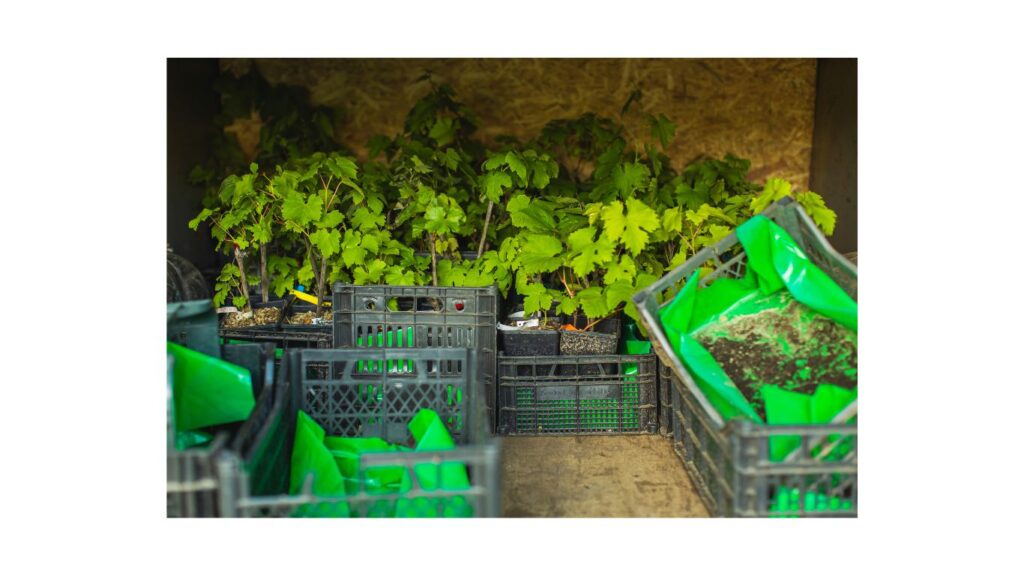
The Hydroponic Vertical Aeroponics Tower offers a very high plant density without sacrificing growth. The vertical tower of aeroponics provides nutrients both through drip showers and fogging. Because they receive the most air, roots grow at their optimal rate. One arrangement could be created by connecting several towers together.
Its key characteristics are as follows:
It contains 6 inch-sized flexible plant hosting blocks. By deleting or adding blocks, we can change the amount of plants.
The tower typically has 40 plants that are 6″ in diameter and 6.5 feet high.
It’s white and made of PP and ABS. Thickness of 2 mm
The tower’s dual system for fogging and water raining
100% recycling of water
Time setting for a motionless period and water flow
System for removing tower pieces and doing maintenance on towers
All leafy plants or small plants like chillies, strawberries, etc. can be grown in the Hydroponic Vertical Aeroponics Tower, which has a method for adding and removing individual towers from the system.
What Is Hydroponic farming
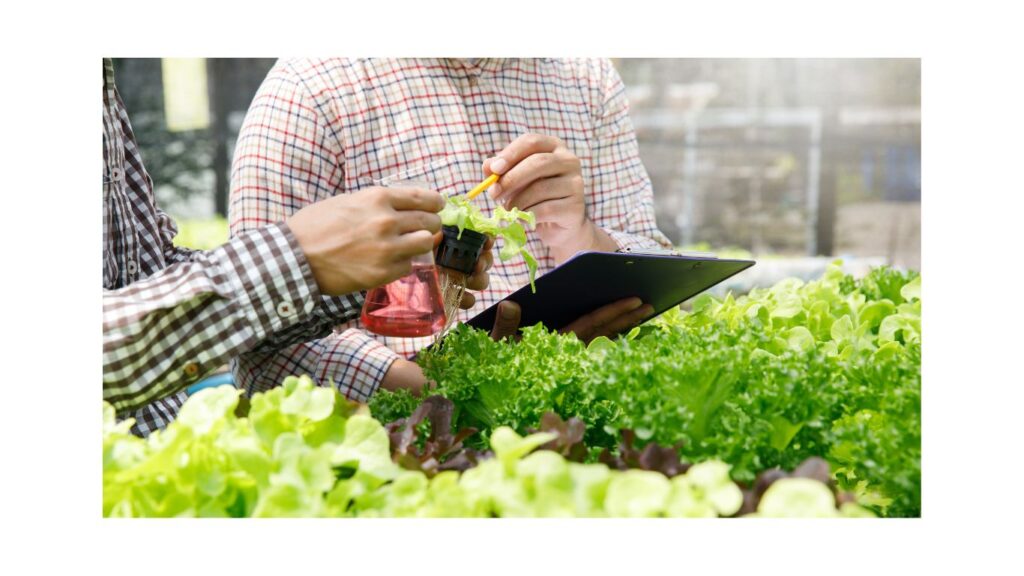
Hydroponic Farming: Cultivating a Greener Future
The agricultural practice of hydroponics disrupts conventional soil-based horticulture by emphasizing water as the main substrate for plant growth. With this novel method, plants are grown without the aid of soil, relying instead on nutrient-rich water solutions to supply the vital minerals and components required for their development.
How Hydroponic Agriculture Operates:
The idea of creating a controlled environment where plants receive the best nourishment and water directly to their root systems is at the core of hydroponics. This is accomplished using a variety of hydroponic systems, each of which is created to effectively feed nutrients and water to the plants.
Plants are placed in a slanted channel using the Nutrient Film Technique (NFT), where a thin layer of nutrient-rich water continuously flows over the roots, nourishing them continuously.
Plant roots are floating in nutrient-rich, oxygenated water in deep water culture (DWC). Because nutrients are absorbed directly and there is a plenty of oxygen, this mechanism encourages rapid growth.
Drip System: A fertilizer solution is drip-applied to the base of each plant, dispensing precisely the right amount of water and nutrients for the plant.
In aeroponics, plants are hung in an atmosphere that is dense with oxygen and is nutrient-rich, with fertilizers being sprayed onto the roots of the plants.
Why We Do Hydroponic Farming
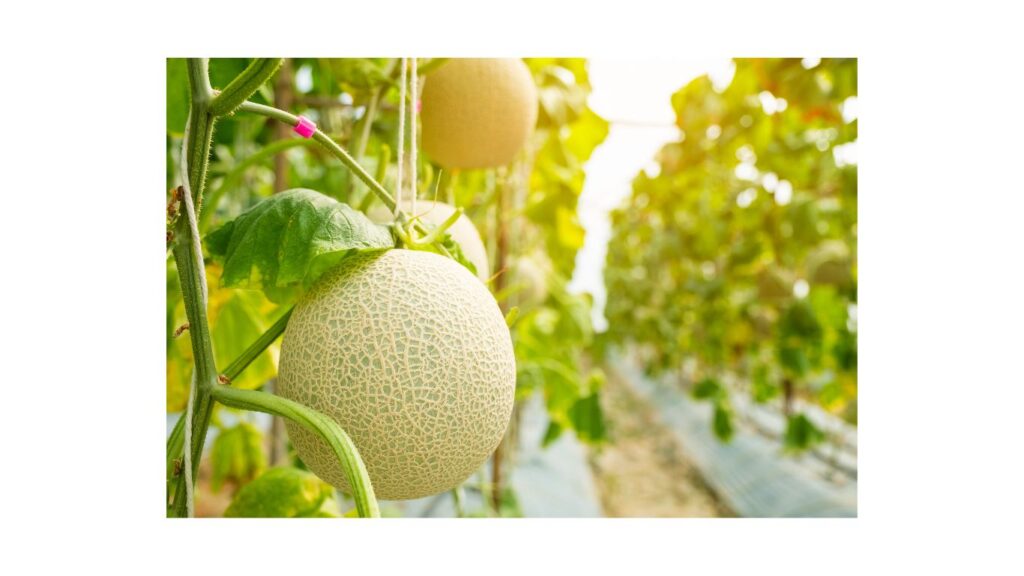
Why Choose Hydroponic Farming: A Sustainable Solution for Agriculture
Due to its many advantages, which help traditional soil-based agriculture overcome some of its most pressing problems, hydroponic farming has attracted a lot of attention and been widely adopted. Here are some specific arguments in favor of hydroponic farming:
1. Water Efficiency: Hydroponic farming’s remarkable water efficiency is one of the most important factors to consider. Traditional farming techniques can use a lot of water, causing waste and stress on the water supply. When compared to soil-based farming, hydroponics considerably reduces water use by using a closed-loop system that circulates water.
2. The best fertilizer supply is made possible by hydroponic systems, which offer fine-grained control. This focused strategy makes sure that plants obtain the proper ratio of vital minerals, leading to healthier growth, higher yield, and higher-quality products.
3. Faster Growth and larger Yields: Compared to conventional methods, hydroponic systems frequently result in faster growth rates and larger yields since plants have direct access to nutrients, oxygen, and water. Because crops can be gathered earlier, a single growing season can support numerous cycles.
4. Year-Round Cultivation: Hydroponic farming transcends seasonal restrictions. Crops can be grown year-round in controlled surroundings, minimizing reliance on certain weather patterns and extending growing seasons.
5. Space Efficiency: Hydroponic systems can be used in a variety of locations, including metropolitan areas with limited land resources. Urban and indoor gardening are made possible by the efficient use of space provided by vertical hydroponics and compact setups.
